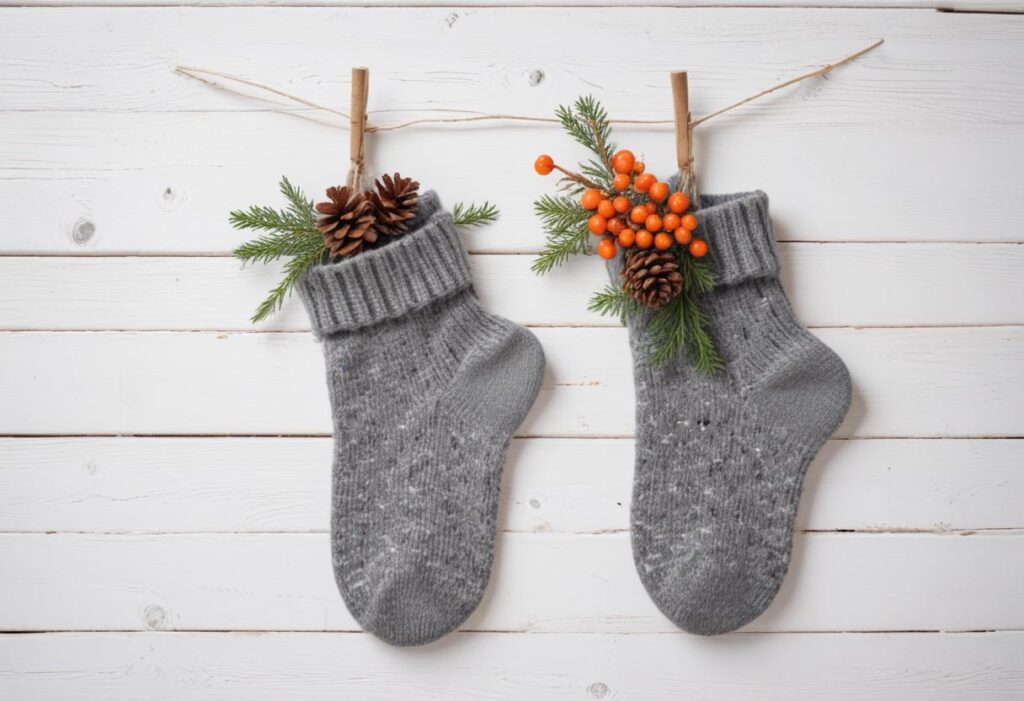
Natural Fibers:
1. Cotton Sock Materials:
Advantages: comfortable, breathable, and soft.
Ideal for: warm weather, casual use, and daily wear.
Cons: It may remain damp since it absorbs moisture without wicking it away.
2. Wool:
Benefits include odor resistance, moisture wicking, and insulation.
Ideal for: outdoor activities, trekking, and cold weather.
Cons: Although merino wool is gentler, some may find it scratchy.
3. Bamboo:
Benefits include moisture-wicking, softness, breathability, and antibacterial properties.
Ideal for: warm temperatures, daily use, and sensitive skin.
Cons: Not as strong as other synthetic fabrics.
4. Silk:
Benefits include being soft, opulent, and thermoregulating.
Ideal for: high-end clothing and dress socks.
Cons: More costly and less robust.
Synthetic Fibers:
1. Polyester
Benefits include moisture wicking, rapid drying, and durability for these sock materials.
Ideal for: athletic apparel, sports, and high-performance socks.
Limitation: Not as breathable as natural fabrics.
2. Nylon
Advantages: lightweight, elastic, and strong.
Ideal for: giving socks more elasticity and durability.
Drawback: Poor moisture absorption.
3. Acrylic
Advantages: lightweight, warm, and soft.
Ideal for: As an alternative to wool in cold climates.
Less breathable is a drawback.
4.Spandex (Lycra or Elastane):
Benefits: Offers a tight fit and elasticity.
Ideal for: compression and athletic socks.
Cons: It is not usually used alone but is mixed with other fibers.
Blends sock materials:
For further benefits, many socks are composed of a combination of sock materials. As an example:
Comfort with extra elasticity thanks to cotton/Spandex.
Wool and nylon provide warmth and durability.
Soft and moisture-wicking polyester/cotton.
Choosing the Right Sock Materials:
Athletic socks: Seek out synthetic mixes that wick away perspiration.
Winter Socks: Warmth comes from wool or mixes of wool.
Comfortable daily socks: made of cotton or bamboo.
Dress Socks: For a polished appearance, choose silk or fine cotton mixes.